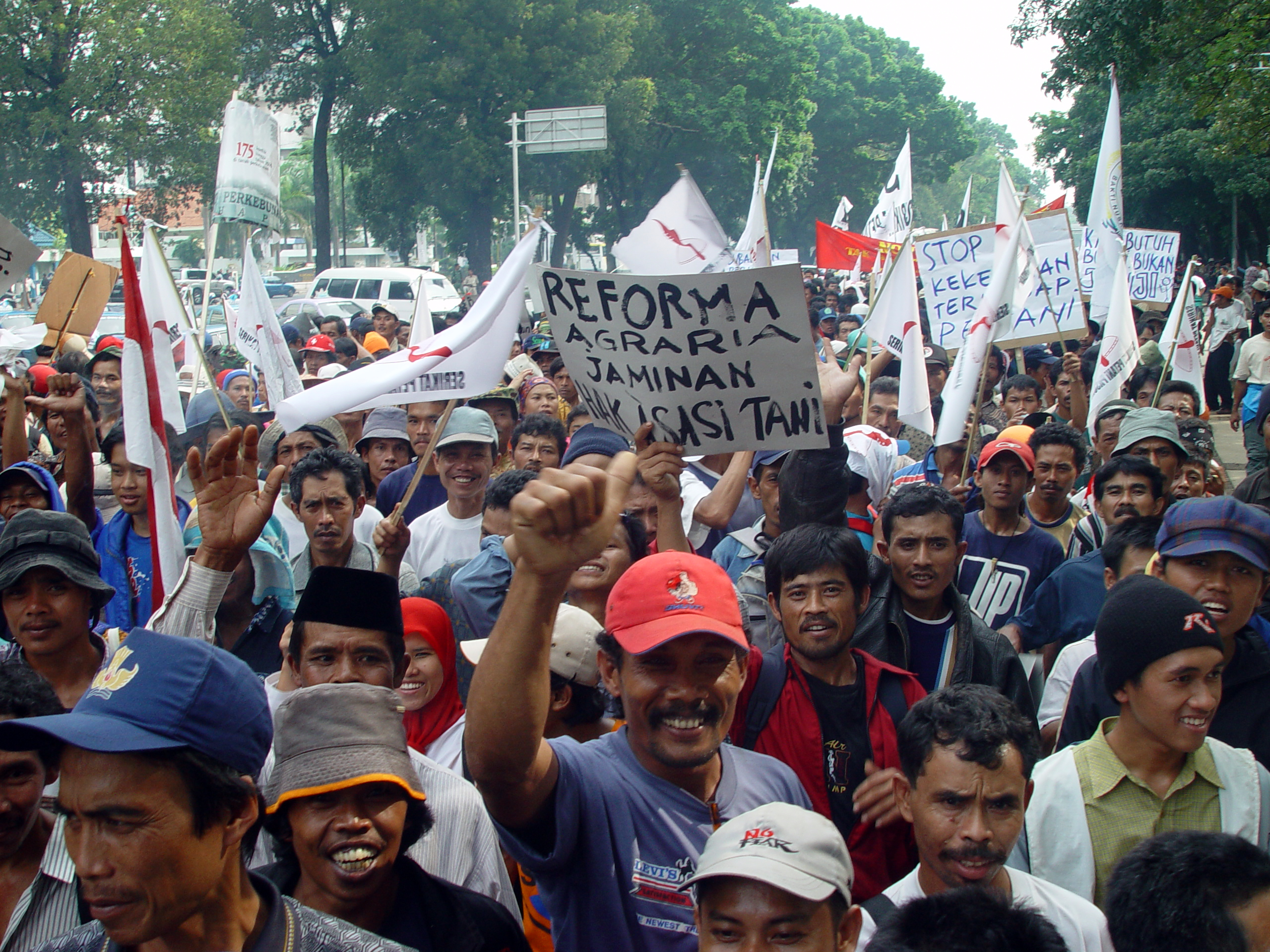In Latin American countries the land structure is deeply rooted in their Spanish or Portuguese colonial history and has evolved over several hundred years.
Elaborate agrarian structures in the form of basic communal tenure existed even before the colonial period such as those of the Aztecs in Meso America and Incas in the Andes.
ADVERTISEMENTS:
Agrarian structure implies a set of institutions or norms governing access to the use of land as a productive resource. Communal land tenure was the basic form of agrarian structure (and has survived to the present day in a modified form).
But land was periodically divided among its members and tilled on a family basis. Besides this cultivable land, there were common lands to which everybody in the group had indiscriminate access.
These forms of basic communal tenure existed along with lands possessed by a king or emperor and common peasants tilled these plots as service to their king, or the nobility in prehispanic society.
Colonial Structures:
The conquest of the Americas was carried out in the name of the Crown but it was actually a series of private undertakings subscribed to by important mercantile interests with the participation of the state.
ADVERTISEMENTS:
It was only later, once the military conquest was established, that the Crown took an active role in the governance of the empire. It is then that the Crown developed an agrarian policy. The considerations were:
1. Compensation for soldiers who took part in the conquest. A system of land grants was set up (haciendas, estancias). Encomiendas, where the conquerors had rights to extract tributes and services from native peasants without taking over land was also introduced.
This was an attempt to maintain local elements of the indigenous social structure and seek accultifration and social control through Christian indoctrination.
In the late 16th Century, reforms were carried out whereby de facto control and possession of lands in the encomienda could be transformed into private property. Resguardos or lands set aside for subsistence of the indigenous population remained Crown property. ‘Repartimlento’ was labour ascribed to the indigenous population of the resguardos.
ADVERTISEMENTS:
2. Organisation of tropical and sub-tropical plantations (later joined by other export crops). Over the years Latin America went through a series of economic cycles producing a series of marketable crops like sugarcane, cacao, coffee, cotton, bananas and wheat in different countries. Most of these products came from plantations/haciendas requiring a constant supply of labour.
After failure of attempts to enslave the native indigenous population, alternatives like importation of African slave labour for work on tropical plantations became the basis for the agricultural economies of the coastal areas. It was abolished only in the early 19th Century in most countries.
Plantation crops were confined to certain areas and had greater importance in the islands and coasts of Caribbean, northeast and east coast of Brazil and on the Peruvian coast than in the South American hinterland. The problem of transport of agricultural goods to ports was a disincentive for the interiors.
3. Provision for adequate food supplies to the mining and urban centres. Latin America has one of the highest rates of population growth and a high rate of urbanisation implying a demand for increasing food production made on a declining proportion of the population.
There was a tussle between the landowning aristocracy and the Spanish administration on agrarian matters.
The Crown attempted to curb the powers of the landed class (hacendados) by furthering the rural settlement of the small freehold Spanish agriculturalists as also the indigenous communities, but was not very successful in doing so. In this societal structure, dominated by the latifundia, practically everyone is dependent on the landholder including public officials.
By the mid-19th Century, the largest single landowner was the Church and though the bourgeoisie of the period tried to let that land on the free market, it simply resulted in the concentration of land in private hands instead of leading to the rise of a rural middle class.
What ultimately became rooted in the agrarian structure of Latin America was peonage with variations for different regions.
In Brazil, for example, slavery played a more important part in the development of the country and has been marked by massive European (Portuguese, German, and Italian) and Japanese agriculturalists. In countries such as Argentina and Uruguay, an extensive cattle economy with reduced labour requirements made way for a different situation.

